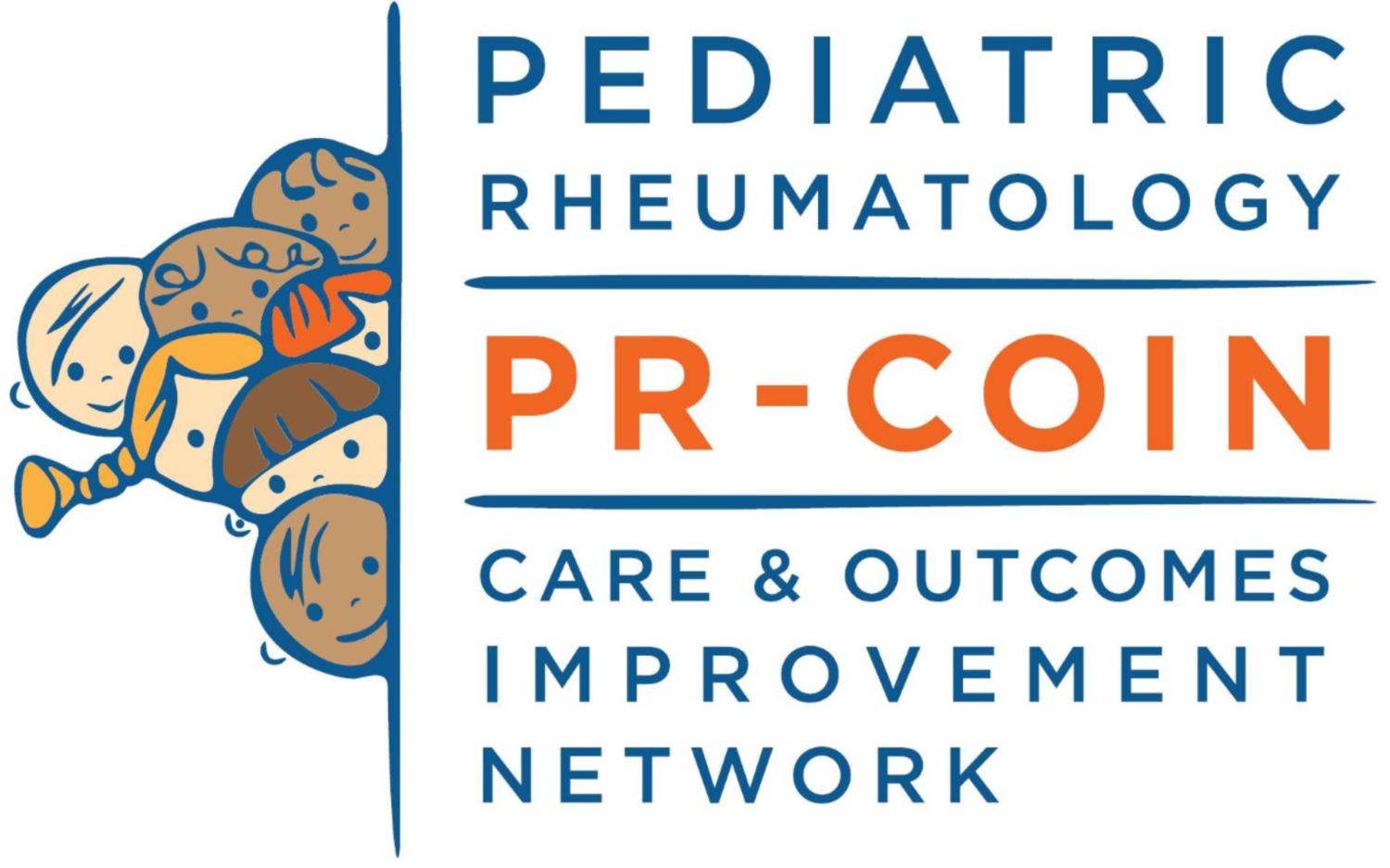Meet Founding Member Dr. Esi Morgan!
Being able to provide excellent care is what drove Esi Morgan, MD, MSCE, to help found PR-COIN. In 2008, the American Board of Pediatrics approached CARRA to recruit members to attend an informational meeting on forming “learning networks” as a way of organizing specialties to improve quality of care.
Dr. Morgan was one of 4 rheumatologists elected to attend, who together formed a Steering Committee ultimately leading to the launch of PR-COIN in 2010 and the first registry in 2011 in partnership with the American College of Rheumatology. Initial seed funding was from a philanthropic family gift, the Arthritis Foundation, and the Agency for Healthcare Research and Quality (AHRQ) supported early projects in shared decision making and self-management.
“I was gripped by the idea that when you work on a rare condition where there is a shortage of providers, that it’s really important that you join forces to share best practices,” Dr. Morgan says. “So that no matter what clinic a patient goes to, they can be confident they are going to have the best care”.
Dr. Morgan was recently appointed Division Chief of Rheumatology at Seattle Children’s Hospital after 11 years at Cincinnati Children’s Hospital Medical Center. Her passion for and leadership in PR-COIN has been a constant. To her, PR-COIN models a framework that acknowledges that healthcare is nested in a greater community.
“When you focus on the system of healthcare delivery, you notice there are ripple effects from one thing to the other. If you try and make a change in one area you need to think through all the areas and people it touches, and you come to recognize that the people closest to the process are the people that understand it best,” she says. “Once you have that insight, you work better as a team.”
That team includes doctors, medical assistants, nurses and social workers, and more. And perhaps most importantly, the patient and their family. Dr. Morgan notes that the majority of healthcare is provided at home, so it’s important that families have clear understanding of the condition and how to manage it.
She recalls one patient who came to her at 18 months old with polyarticular JA and very sick. She says the PR-COIN perspective of approaching the mom from her perspective and using tools like shared decision making and T2T intervention helped the mom gain more acceptance of the treatment. Her anxiety level came down as the child was doing better and as she understood options and saw that labs helped monitor safety.
Dr. Morgan says leveraging electronic health records also helps ensure quality care by capturing disease activity in a structured way, as do the tools that capture the patient view in structured way to look at it over time.,
“That data is very powerful because we can use it right then, at the point of care to make more effective treatment in discussion with the patient, and also ultimately use it to study. We can pull data from the electronic health record in a secure and private fashion, to study and understand which treatments and which treatment approaches have the best outcomes,” she says.
Dr. Morgan notes that that same data allows the center to track performance on measures of quality of care and track the patient population to see if there are patients who are not doing as well as could be so they can devote resources to help them reach their potential for disease control.
“PR-COIN provides objective measures. When doctors and health care teams don’t measure patient disease activity, or capture patient reported outcome measures in a standard way to review over time, they don’t know if the patient is objectively better or not. We need objective standards that everyone uses to be able to know if a patient is really getting better or just used to being sick, and says they are “fine”.”
While providing excellent care drives Dr. Morgan, it’s the community that keeps her engaged.
“The more I work with people in PR-COIN, the more invested and excited and enthusiastic I get. Recently we went through a process with members to clearly define our mission vision and values - that exercise, hearing their thought process and commitment, redoubled my own commitment.”
Visit our Get Involved page to learn more about how you and your center can get involved in PR-COIN.

